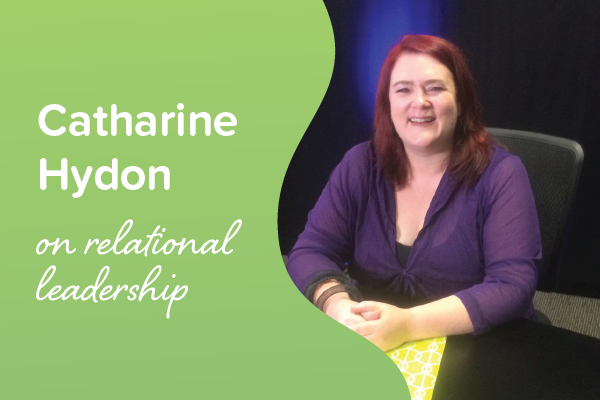
The children of today are the leaders of tomorrow, meaning that the role of child care worker contributes to shaping the future. That’s a big responsibility and a great privilege. An effective and important strategy for child care workers is leading a room by example. That is, modelling the behaviour you want to see in children.
Leading a room by example: role modelling
Learning to manage behaviour is a lifelong process and as a child care worker it is part of your role to support children in the earliest stages of this process.
Guiding children’s behaviour with your own behaviour is an approach that can be used with children of all ages. In fact, it should form a big part of your interactions with children. It goes without saying that the age of children will affect what you can expect from them, but the approach is still based on being a role model of the right way to behave.
Monkey see, monkey do
Children don’t just listen and learn what educators aim to teach them; they watch and learn based on everything they see.
Be the kind of role model that children need to see in order to become the best person they can be. Here are a few suggestions to incorporate into the way you guide children’s behaviour:
- Role model empathy
- Maintain respectful communications with colleagues and children
- Express your emotions appropriately
- Listen actively by acknowledging through body language
Helping children to work through and deal with emotions is an essential part of healthy development and gives them the tools to learn to manage their emotions and behaviour independently. Role modelling appropriate behaviours gives children a great start in becoming a leader of tomorrow.
At Practical Outcomes, we can create customised workforce development programs tailored to your business. The benefits to you and/or your team of educators are great — contact us today to find out more.


